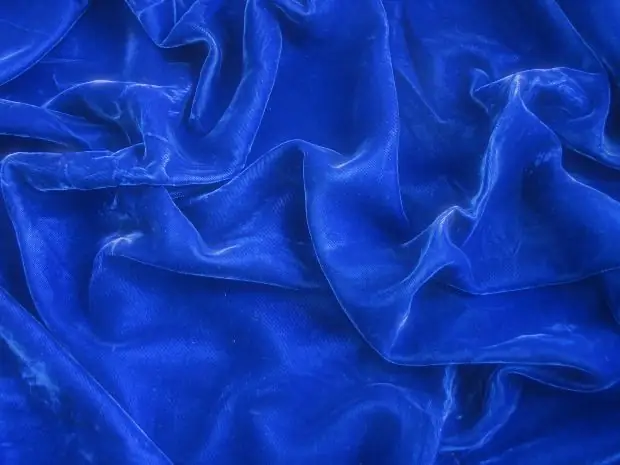Painting knows many ways to get the desired color. One or another paint can be applied neat, without mixing. The desired color can also be obtained by mixing two or more colors.

Instructions
Step 1
When mechanically mixing paints, a palette is usually used, after which the result is transferred to the canvas. Sometimes paints are mixed to obtain the desired color directly on a sheet of paper.
Step 2
Mixed paints can change hue and saturation. A burgundy color, for example, can be obtained by mixing black paint and cinnabar. Chemical interactions when mixing paints, however, can change the color spectrum, causing it to darken.
Step 3
You need to know that blue paint, as well as yellow and red, cannot be obtained by mixing other colors. The fact is that blue refers to the so-called primary colors, from which, if desired, you can get millions of other shades. But, again, it is impossible to get blue from paints of other colors.
Step 4
But shades in all their infinite variety can be obtained by mixing any two colors. In this case, the mutual ratio of the amount of each of the paints used in mixing will matter. So, equal amounts of blue and yellow artistic colors will end up with green.
Step 5
If you now add a certain amount of yellow paint to the artificially obtained green color, then you will see green shades gradually turning into yellow. You can revert to the original blue color by gradually adding blue paint to the green paint.
Step 6
Remember that the more the colors are closer to complementary, the less saturated color will be obtained by mixing them. In other words, the colors will become close to gray.
Step 7
To create vivid and memorable images, the artist should strive to use the minimum number of colors while maintaining the impression of the completeness of the color gamut. Artistic knowledge and skills improve with the accumulation of experience with paint.






